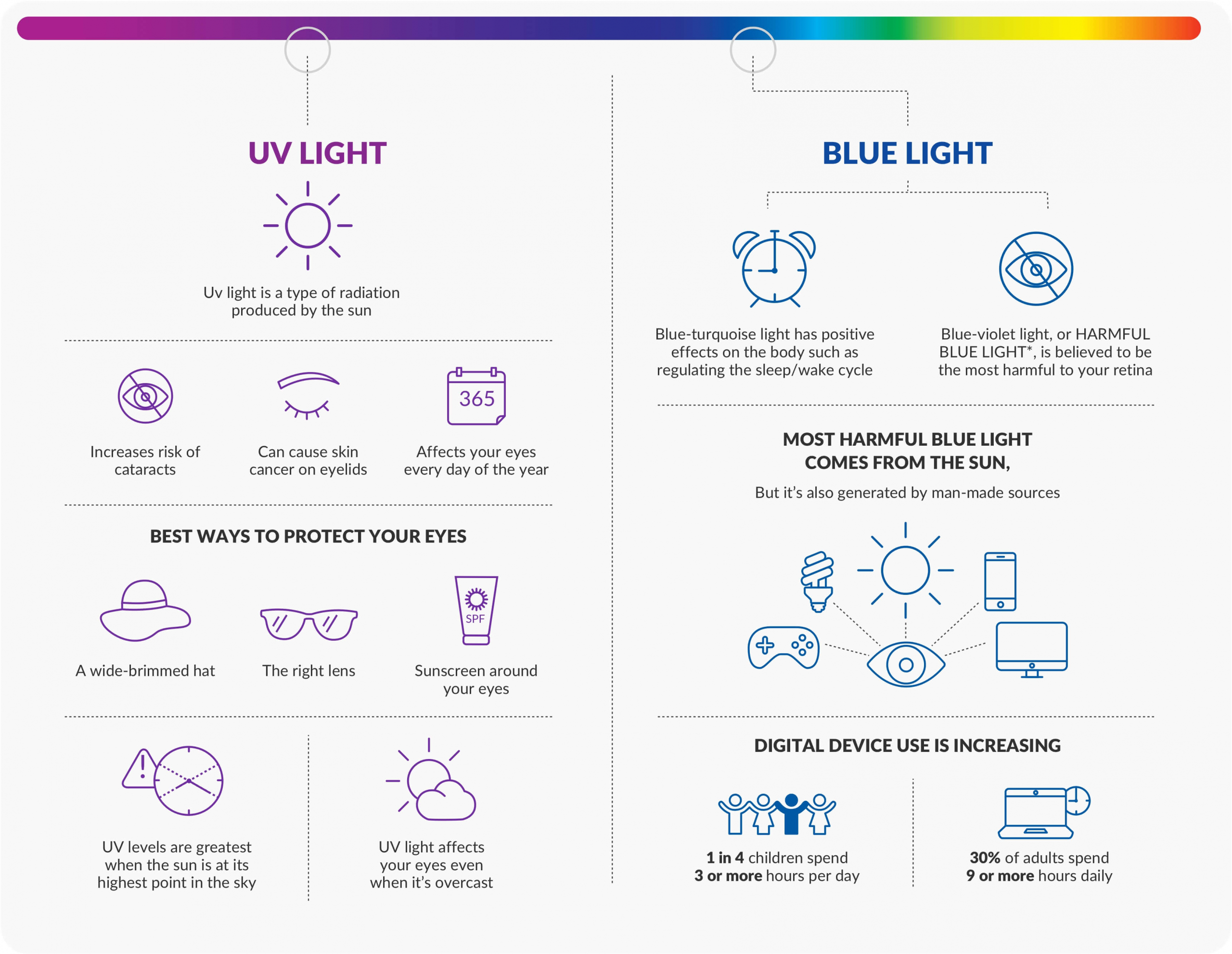Schedule an Appointment for Computer Vision Training Today
Computers themselves are not damaging to the eyes and visual system, but they create visual demands that can lead to a decline in visual performance and comfort. The optometry team at Savedoff, Ciccone & Davis, Doctors of Optometry, P.C., works closely with patients in Manlius and Syracuse, NY, to determine the most effective solutions and ensure our vision services meet their needs. Our services include correcting computer-related eye problems. Our approach includes corrective lenses, workstation ergonomic recommendations, and vision therapy if necessary. Contact our offices today to schedule an appointment with our board-certified optometrists.
Contact Us
Schedule an Appointment for Computer Vision Training Today
Computers themselves are not damaging to the eyes and visual system, but they create visual demands that can lead to a decline in visual performance and comfort. The optometry team at Savedoff, Ciccone & Davis, Doctors of Optometry, P.C., works closely with patients in Manlius and Syracuse, NY, to determine the most effective solutions and ensure our vision services meet their needs. Our services include correcting computer-related eye problems. Our approach includes corrective lenses, workstation ergonomic recommendations, and vision therapy if necessary. Contact our offices today to schedule an appointment with our board-certified optometrists.







